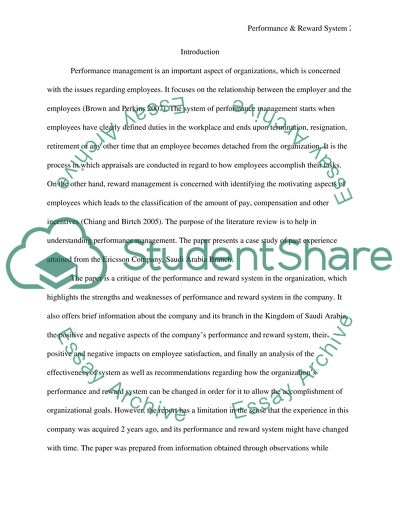Cite this document
(“Performance & Reward system- Case study Ericsson company”, n.d.)
Retrieved from https://studentshare.org/miscellaneous/1557622-performance-reward-system-case-study-ericsson-company
Retrieved from https://studentshare.org/miscellaneous/1557622-performance-reward-system-case-study-ericsson-company
(Performance & Reward System- Case Study Ericsson Company)
https://studentshare.org/miscellaneous/1557622-performance-reward-system-case-study-ericsson-company.
https://studentshare.org/miscellaneous/1557622-performance-reward-system-case-study-ericsson-company.
“Performance & Reward System- Case Study Ericsson Company”, n.d. https://studentshare.org/miscellaneous/1557622-performance-reward-system-case-study-ericsson-company.


